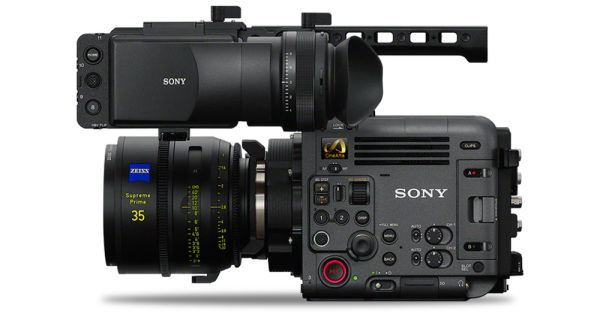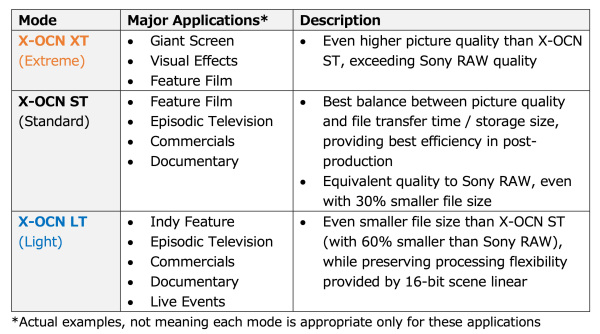[15:29 Thu,16.November 2023 by Rob] |
If you want to find out more about Sony&s compressed RAW format X-OCN, the X-OCN white paper, which was recently updated to version 1.1, is easy to understand and quite clear. The formats listed at the end, depending on the respective memory card (AXS), should be particularly helpful in practice.  We also find the classification of the individual X-OCN formats depending on the intended use exciting. A quick reminder: Sony&s X-OCN recording format is primarily divided into three variants: X-OCN XT (extreme), X-OCN ST (standard) and X-OCN LT (light).  Internally, both the Sony Venice (2) and the recently introduced Sony Burano X-OCN can currently record. While the Venice can also handle the two high-quality X-OCN XT and ST formats, the Sony Burano uses X-OCN ST. All X-OCN formats offer 16-bit color sampling - but differ in terms of data rate and therefore, above all, in the degree of compression. While the Sony Burano, with its focus on documentary film / wildlife, uses the memory-saving X-OCN LT, the Venice for feature films, large-scale projections, high-end advertising etc. has the higher-quality but also significantly more memory-intensive X-OCN XT and ST variants available. It&s certainly worth taking a closer look at the differences with X-OCN - especially in view of the upcoming launch of the Sony Burano, which we had deutsche Version dieser Seite: Sonys komprimiertes 16 Bit RAW Format erklärt: X-OCN Whitepaper Version 1.1 |





